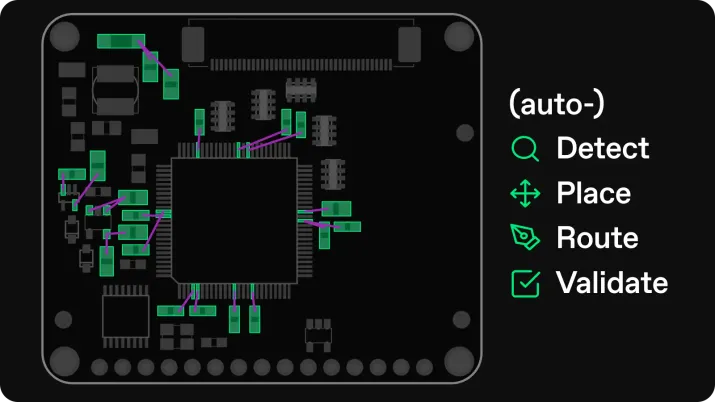Every company has a few people whose fingerprints are on everything, even if their names rarely appear on the marquee. For Quilter, one of those people is Cristián Rafael Mendoza. He joined when the company was little more than an idea, long before investors or product roadmaps, and has been shaping its trajectory ever since.
His background in applied math and machine learning could have taken him down any number of lucrative paths. Instead, he chose the uncertainty of a young startup, trading security for the chance to build something enduring. “Humans in the Loop” is about people like Cristián —those whose persistence, curiosity, and willingness to take risks define the culture of Quilter. For recruits, his story offers a portrait of what it means to commit early and grow alongside the company. For investors, it shows the kind of long-view dedication that makes technical innovation sustainable.
Origins
Cristián’s early interests gravitated toward mathematics. He studied applied math in college, fascinated by the way abstract structures could shape real-world systems. That fascination soon expanded into machine learning, which offered him a way to test mathematical intuition against practical data.
Lockheed Martin became his professional starting ground. There, he worked on projects that combined data science with large-scale engineering, tackling problems that demanded both precision and creativity. The experience gave him a taste of high-stakes applications, but it also left him restless. The problems were important, but the environment felt too rigid, too defined by legacy structures.
He wanted something faster, leaner, more experimental.
Journeys in Engineering
When Cristián encountered Quilter, it was still at the earliest stage—just a few people trying to apply machine learning to one of engineering’s most stubborn problems: PCB routing. The appeal was immediate. Here was a problem that was both mathematically rich and practically urgent. Here was a chance to be at the ground floor of something ambitious.
Those first months were nothing like life at a large company. Resources were thin, experiments ran rough, and progress depended on persistence as much as brilliance. Cristián poured his energy into building and testing models, helping establish the core machine learning framework that still underpins Quilter’s approach today.
The work was demanding, but it was also exhilarating. Every improvement, no matter how small, felt like a step toward possibility. The scrappiness of the early team taught him that innovation is less about polished conditions and more about relentless iteration.
Why Quilter?
Cristián has stayed at Quilter longer than almost anyone besides the founders. The reason, he says, is simple: the problems never stop being interesting. PCB routing might sound niche, but at scale it becomes a puzzle of geometry, optimization, and learning theory. For someone with his background, it offers an endless stream of challenges.
Equally important is the culture. Cristián values the openness with which ideas are shared and debated. In his view, Quilter thrives because people come from different technical backgrounds but bring the same willingness to test, challenge, and refine one another’s ideas. It is an environment where no single perspective dominates, and where machine learning is not treated as magic but as a tool that must constantly be sharpened.
For recruits, Cristián’s story illustrates the kind of persistence the company rewards. For investors, it shows continuity: the algorithms being developed today are not fads but the result of years of sustained focus by people who have been there from the start.
Beyond the Workbench
Work may have defined much of Cristián’s twenties, but he also makes time for pursuits that balance the intensity of startup life. Music has been one outlet, a way of recharging through rhythm and improvisation. Hiking and time outdoors provide another, reminding him that some problems are best solved by stepping away from the screen.
His approach to balance is practical rather than polished. Early startup years left little room for hobbies, but he has learned the importance of protecting space for personal pursuits. That balance, he believes, is part of what keeps him creative at work. A brain constantly under pressure loses flexibility; a brain given room to breathe often surprises itself.
A Line to Remember
“Hard problems don’t scare me. Boring ones do.”
The line sums up his career choices: leaving a safe role at Lockheed, joining Quilter at its riskiest stage, and sticking with the company through its evolution. It is not a hunger for glamour but for engagement, the conviction that a life spent on hard problems is a life well spent.
Closing Note
Cristián’s story reminds us that culture is built not only by founders but by those who commit early and stay. His persistence has helped shape Quilter’s technical foundation, but just as importantly, his outlook has reinforced the company’s ethos: curiosity over comfort, persistence over polish. For anyone wondering what kind of people make up Quilter, Cristián offers a clear answer.














